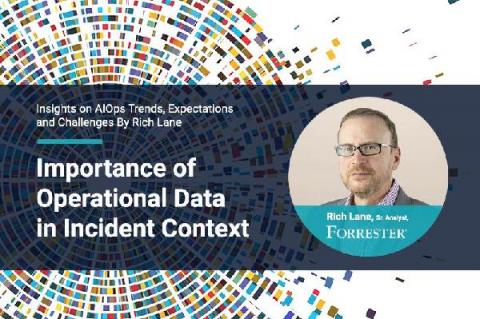Make DevSecOps So: Cloud Enterprise+ on AWS Marketplace
JFrog is pleased to announce that our comprehensive Cloud Enterprise+ plan is now available on Amazon Web Services (AWS) Marketplace through Private Offers. JFrog Cloud Enterprise+ on AWS is a universal, highly-available SaaS offering of the JFrog Platform for demanding DevSecOps at global scale.











